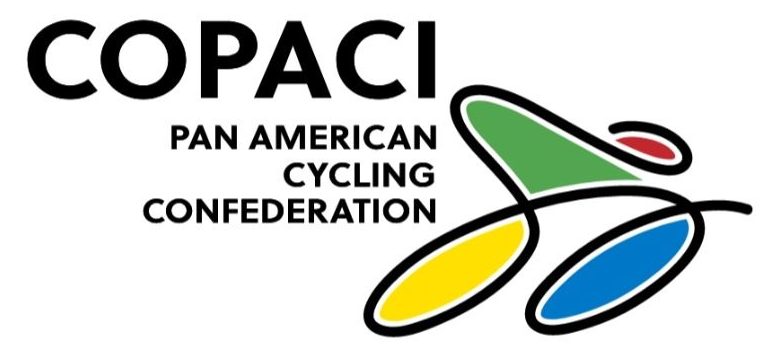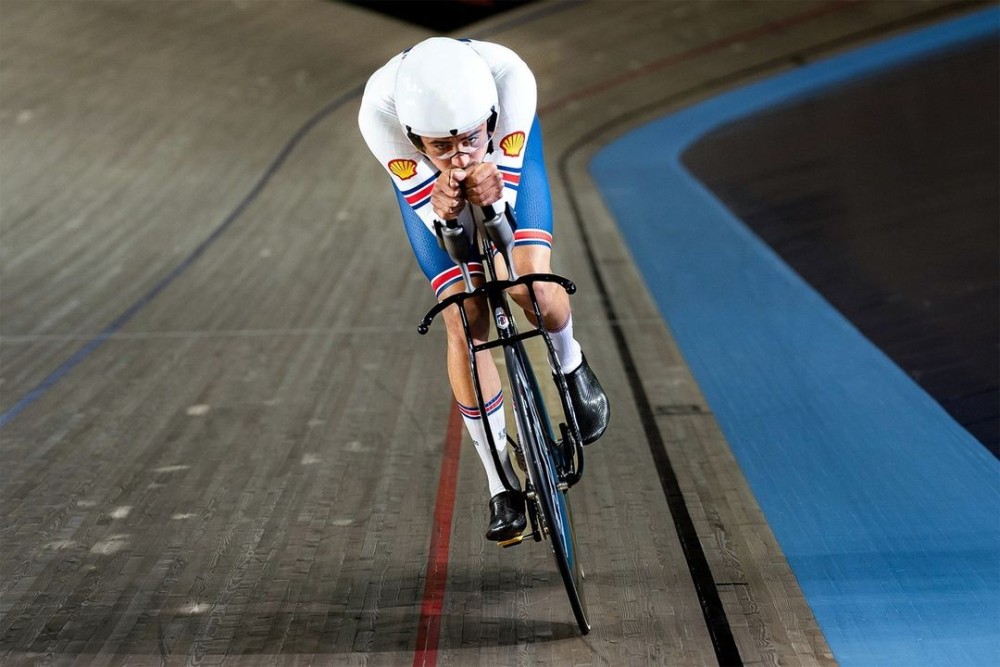It is undoubtedly the most spectacular and advanced bike to be seen on the velodrome boards. The Hope HB.T of British Cycling’s Olympic track team has just been presented in the definitive version that will be used by the British cyclists at the upcoming Olympic Games in Paris, a machine that leaves no one indifferent.
The new version of the Hope HB.T, in which they have counted, once again, with the intimate collaboration with Lotus, maintains the master lines of the bike that has been surprising for several years to those who follow track cycling, incorporating some of the new features that we already saw about a year ago when they began to be incorporated to be validated for use in the Paris Olympics.
These master lines include its characteristic stays and fork legs, the result of collaboration with Lotus, which has contributed all its aerodynamic know-how, which are widened and moved as far away from the wheel as possible to avoid interference with the turbulence generated by the wheel.
A frame that is already available for sale on the Hope website, as required by the rules of track cycling for the Olympic competition to allow its use, in three different configurations, adapted to the competitions of sprint, Omnium and, above all, Pursuit, the queen event of the Olympic program that for British Cycling is almost a matter of state.
All of them have the modest price of £25,000, excluding VAT, approximately 29,000 euros, to which we must add 2,000 pounds more to incorporate one of the novelties of this new version, the spectacular split seatpost that is made by 3D printing of titanium, for which Hope has added as a partner with Lotus to the firm Renishaw, a reputed expert in additive manufacturing.
Although the general lines appear to be the same as the existing bike, the profiles of the fork, handlebars and seat stays have been adjusted for greater aerodynamic efficiency. Most striking is the serrated trailing edge that has been added to the fork. Aerodynamic improvements are added to by the unique split seatpost, which offers free airflow in this area by combining the interaction of the seatpost with that of the rider’s legs, leaving the center of the fork free.
The addition of Renishaw to the development has also been vital here as, with his mastery of 3D printing, he has made it possible to create prototypes quickly and more cheaply for the validation of the various aerodynamic solutions in the wind tunnel, something that has undoubtedly allowed this incredible Hope HB.T to be taken to another level of performance.
Source: www.brujulabike.com

